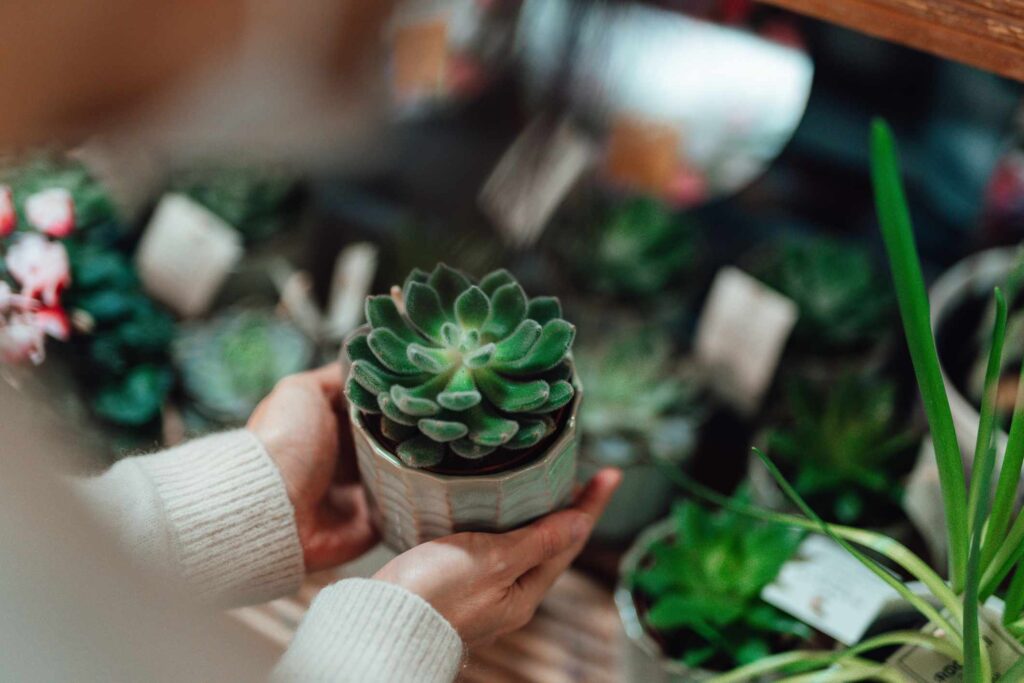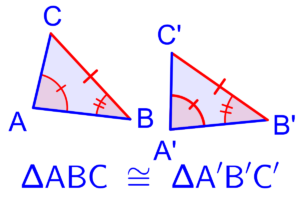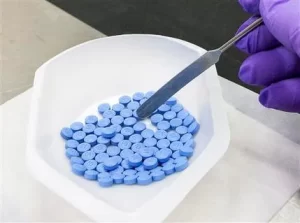
27 Low Light Succulents That Grow In Dark
Light Succulents are renowned for their ability to thrive in various environmental conditions, including low light settings. In this article, we’ll explore a diverse selection of 27 low light succulents plant that can flourish even in dimly lit spaces. From compact Haworthias to elegant Snake Plants, these resilient beauties offer a perfect solution for adding greenery to darker corners of your home or office.
Characteristics of Low Light Succulents
Adaptations to Low Light Environments
Low light succulents have evolved unique adaptations to thrive in environments with minimal sunlight exposure. Their leaf structures often feature modifications such as increased surface area or reduced thickness to maximize light absorption. Additionally, succulents possess efficient water storage mechanisms, allowing them to withstand prolonged periods of low light without wilting or dehydration.
Growth Patterns and Habits
In low light conditions, succulents tend to exhibit slow growth rates compared to their counterparts in brighter settings. They may develop compact, tightly clustered forms or trailing habits to optimize light capture. The foliage of low light succulents often showcases minimalistic textures and colors, ranging from muted greens to deep purples, adding understated elegance to indoor spaces.
Environmental Requirements
While low light succulents are tolerant of dim conditions, they still require some degree of indirect sunlight to thrive. Moderate temperatures and humidity levels are ideal for their growth, as excessively high or low levels can stress the plants. Well-draining soil with minimal moisture retention is essential to prevent root rot and maintain overall plant health.
Popular Low Light Succulents
Haworthia attenuata (Zebra Plant)
Haworthia attenuata, commonly known as the Zebra Plant, is prized for its striking architectural form and distinctive zebra-like markings on its leaves. This low light succulent thrives in indoor environments with indirect sunlight and requires minimal maintenance. It is an excellent choice for adding visual interest to desks, shelves, or windowsills.
Sansevieria trifasciata (Snake Plant)
The Snake Plant, scientifically known as Sansevieria trifasciata, is a resilient low light succulent with upright, sword-shaped leaves that boast exceptional durability and adaptability. It can tolerate a wide range of light conditions, making it an ideal choice for offices, bedrooms, or other areas with limited natural light. Additionally, the Snake Plant is renowned for its air-purifying properties, making it a popular choice for indoor spaces.
Gasteria bicolor (Ox Tongue)
Gasteria bicolor, commonly referred to as Ox Tongue, is a charming low light succulent with fleshy, tongue-shaped leaves adorned with intricate patterns and textures. It thrives in partial shade or indirect sunlight, making it suitable for indoor environments with limited natural light. Ox Tongue is a versatile plant that adds a touch of elegance to container gardens or succulent arrangements.
Care and Maintenance Tips
Light Requirements
When growing low light succulents, it’s crucial to provide them with adequate indirect sunlight to support healthy growth. Place them near windows or in well-lit rooms, avoiding direct sunlight exposure, which can cause sunburn or leaf damage. If natural light is insufficient, consider supplementing with artificial grow lights to ensure optimal light levels for your succulents.
Watering Practices
Proper watering is essential for the health and longevity of low light succulents. While they are more tolerant of drought than most plants, they still require periodic watering to thrive. Monitor the moisture levels of the soil and water only when the top inch feels dry to the touch. Overwatering is a common issue that can lead to root rot and other problems, so it’s essential to err on the side of underwatering rather than overwatering.
Soil and Potting Mix
Low light succulents require well-draining soil to prevent waterlogged conditions, which can be detrimental to their health. Choose a potting mix specifically formulated for succulents and cacti, or create your own by mixing regular potting soil with perlite or coarse sand to improve drainage. When repotting or transplanting succulents, ensure that the new container has drainage holes to allow excess water to escape freely.
Creative Uses and Design Ideas
Indoor Succulent Gardens
Create stunning indoor succulent gardens by arranging low light varieties in decorative containers or terrariums. Experiment with different textures, colors, and heights to create visually appealing compositions that brighten up any room. Consider incorporating trailing succulents, such as String of Pearls or Burro’s Tail, to add dimension and interest to your indoor garden.
Office and Workspace Decor
Bring the beauty of low light succulents into your office or workspace to create a calming and inviting atmosphere. Choose low-maintenance varieties that can thrive in artificial light conditions, such as fluorescent or LED bulbs. Place succulents on desks, shelves, or windowsills to add a touch of greenery and improve air quality, enhancing productivity and well-being in the workplace.
Unique Display and Presentation
Get creative with how you display your low light succulents to showcase their beauty and versatility. Consider unconventional containers such as teacups, mason jars, or vintage planters to add a unique touch to your indoor garden. Incorporate succulents into DIY projects such as living wall art or hanging planters to personalize your living space and express your creativity.




